Ehime is a prefecture located in the Shikoku region of Japan, home to a wide variety of birds. The prefecture is located along the coast of the Seto Inland Sea and is known for its mild climate, making it a popular spot for bird-watching.
There are over 200 species of birds in Ehime, including ducks, waders, raptors, seabirds, and more. Many of these birds migrate to the region in the spring and summer, while some of the species are endemic, meaning they can only be found in Ehime.
With its diverse habitat and close proximity to the sea, Ehime provides a haven for bird lovers and hobbyists alike.
1. Black-Crowned Night Heron
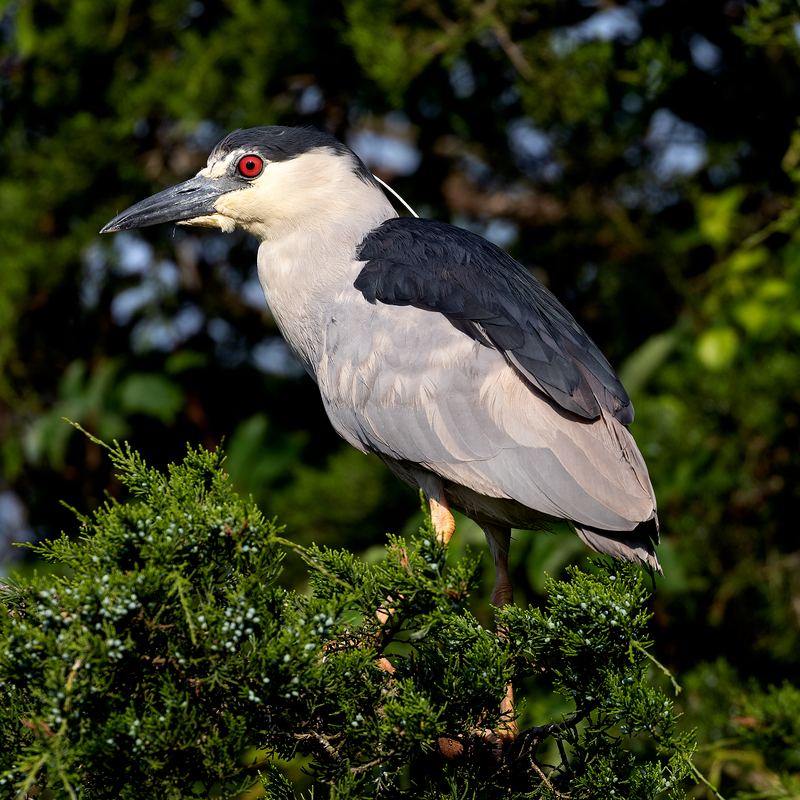
The black-crowned night heron, or black-capped night heron, is a species of heron found throughout much of the world. It is a medium-sized bird, typically growing to about two feet in length.
It is distinguished by its black crown and white underparts, as well as its yellow bill and legs. The species is commonly known as the night heron in Eurasia, due to its tendency to be most active at night.
The black-crowned night heron can be found in parts of Europe, Asia, and North and South America. It is usually found near wetlands, rivers, and other bodies of water.
It feeds on a variety of fish, amphibians, and other small animals. It is mostly a solitary species, but can sometimes be found in groups. The black-crowned night heron is an important part of the wildlife in many parts of the world.
Its presence helps to maintain a healthy balance of aquatic animals, providing an important source of food for many other species. It also helps to control insect populations, preventing the spread of disease.
Unfortunately, its numbers are declining due to habitat destruction and human activity. As such, conservation efforts are necessary to ensure that this species remains a part of our world.
| Kingdom | Animalia |
| Phylum | Chordata |
| Class | Aves |
| Order | Pelecaniformes |
| Family | Ardeidae |
| Genus | Nycticorax |
| Species | N. nycticorax |
2. Green Pheasant
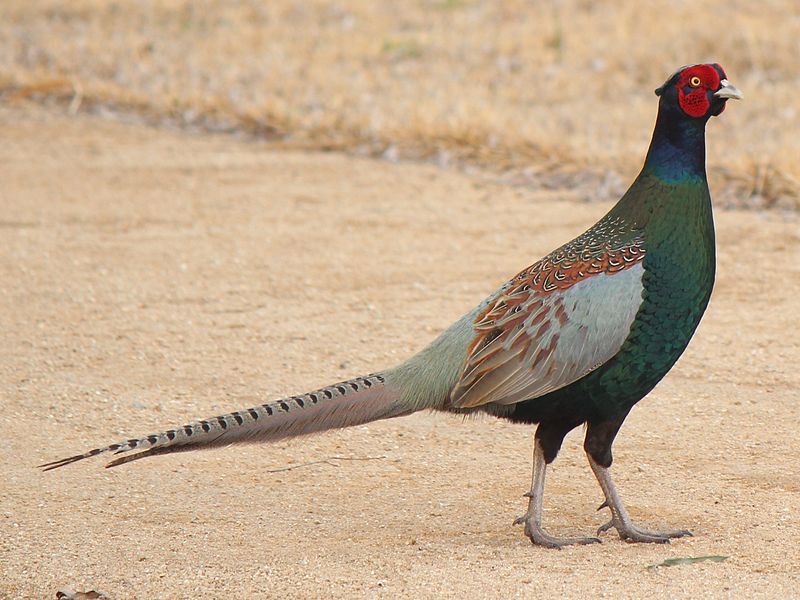
The green pheasant, also referred to as the Japanese green pheasant, is an omnivorous bird native to the Japanese archipelago. It is not found anywhere else in the world.
Depending on different taxonomical authorities, this species is either considered a distinct species or a subspecies of the common pheasant. It is a highly revered bird in Japan, to the extent that it is regarded as the national bird of Japan.
The green pheasant is usually found in dense forests, where it feeds on a variety of fruits, seeds, and invertebrates.
Its plumage is bright green, with a black neck and tail. The male green pheasant has a long red crest, while the female has a shorter and duller crest.
It is considered to be a vulnerable species due to the destruction of its habitat and hunting pressure. The green pheasant has a unique place in Japanese culture, with its image appearing in various works of art.
It is also the symbol of the Japanese Imperial family and is seen on the Japanese one-yen coin. Conservation efforts are currently underway to protect this species and its habitat, and the Japanese government has declared the green pheasant a special natural monument.
| Kingdom | Animalia |
| Phylum | Chordata |
| Class | Aves |
| Order | Galliformes |
| Family | Phasianidae |
| Genus | Phasianus |
| Species | P. versicolor |
3. White-Bellied Green Pigeon
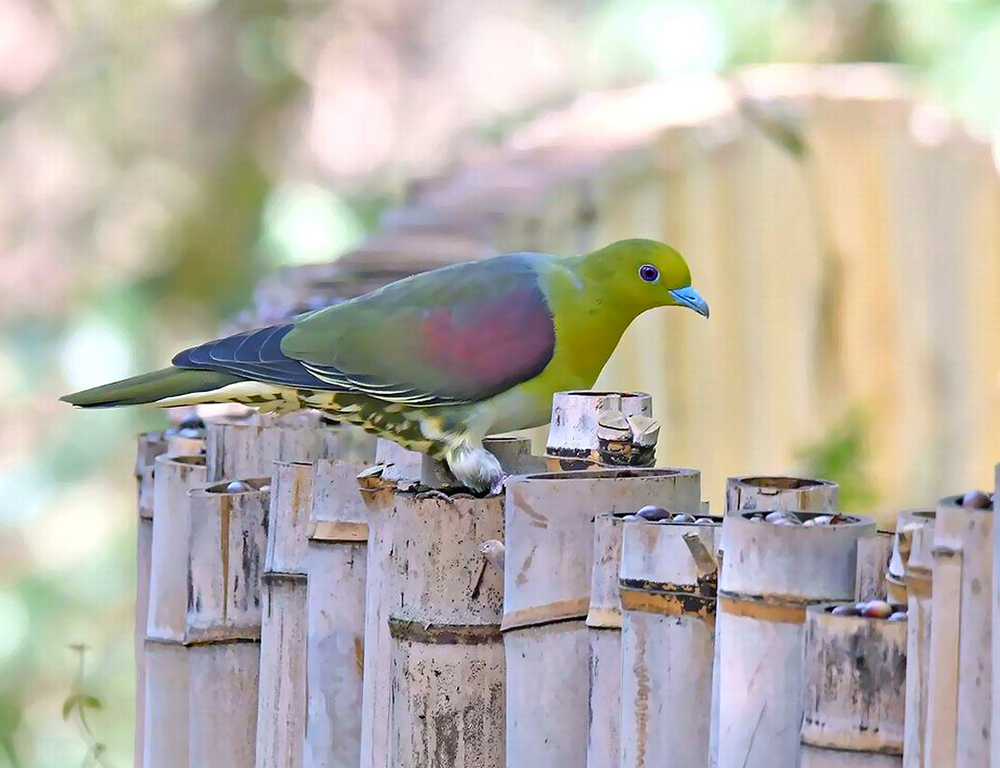
The white-bellied green pigeon is a species of bird found in much of East Asia and parts of Southeast Asia. It has a range that extends from China, Japan, South Korea, Laos, Russia, Taiwan, Thailand, India, and Vietnam.
This species is typically found in temperate forests, where it has access to the food and water that it needs to survive. One of the most interesting characteristics of the white-bellied green pigeon is its unusual habit of drinking saltwater.
This behavior is likely an evolutionary adaptation that allows the bird to access the sodium that it needs when more traditional sources of food may be less available. This behavior may also provide the bird with access to minerals and other nutrients found in saltwater.
This unique behavior is one of the most interesting characteristics of the white-bellied green pigeon, and even among birds, it is quite rare.
| Kingdom | Animalia |
| Phylum | Chordata |
| Class | Aves |
| Order | Columbiformes |
| Family | Columbidae |
| Genus | Treron |
| Species | T. sieboldii |
4. Eurasian Coot
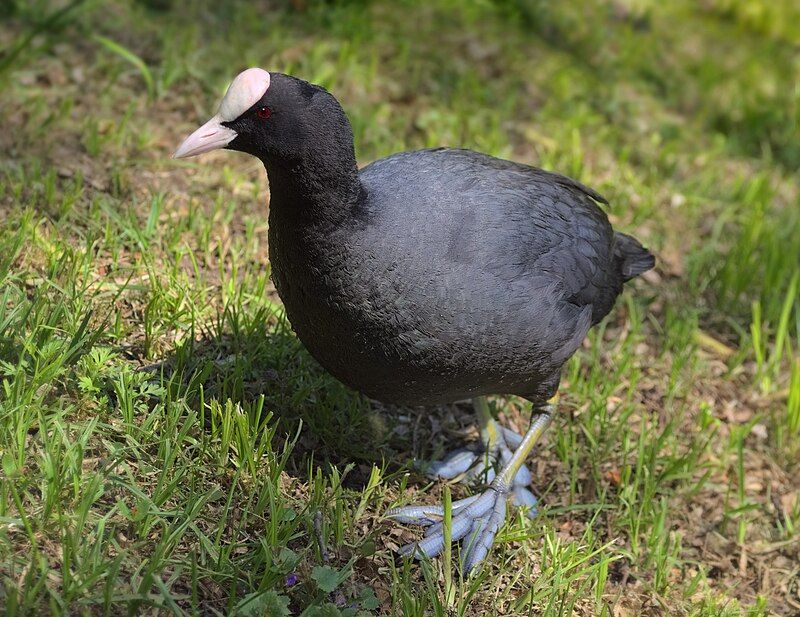
The Eurasian coot, also known as the common coot or Australian coot, is a member of the Rallidae family, which includes both rails and crakes. It can be found throughout Europe, Asia, Australia, New Zealand, and parts of North Africa.
This species of bird has a distinct appearance, with a slaty-black body, a glossy black head, and a white bill with a white frontal shield. It is a common sight in many wetlands, such as lakes, marshes, lagoons, and rivers.
The Eurasian coot is an omnivore and eats a variety of plants and animals. Its diet consists of aquatic insects, crustaceans, mollusks, frogs, small fish, amphibians, aquatic plants, algae, and seeds. It feeds mainly on the surface of the water, but also dives for food.
It will also scavenge for food on land. The Eurasian coot is a social bird and can often be seen in large flocks. Breeding season typically takes place in the spring and summer months.
During this time, the birds will build nests near the water’s edge and the male will defend its territory. The female will lay up to 8 eggs, which both parents will take turns incubating.
The chicks will hatch after about 20-23 days and the parents will continue to care for them until they are ready to fend for themselves. The Eurasian coot is an important bird species, playing a significant role in wetlands ecosystems.
By consuming aquatic invertebrates, they help to maintain the balance of the food web. They also provide a food source for other animals, such as raptors.
The Eurasian coot is an iconic species that is appreciated by many birdwatchers and wildlife enthusiasts.
| Kingdom | Animalia |
| Phylum | Chordata |
| Class | Aves |
| Order | Gruiformes |
| Family | Rallidae |
| Genus | Fulica |
| Species | F. atra |
5. Little Grebe
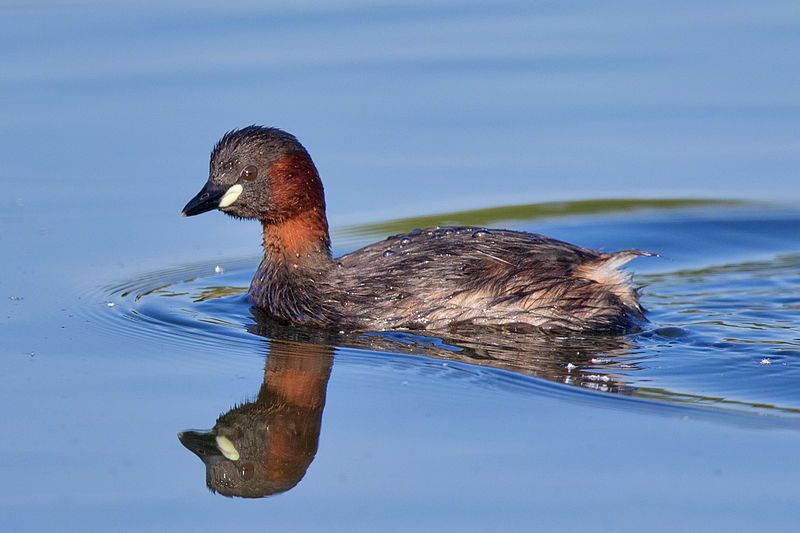
The little grebe, also known as dabchick, is a species of water bird that belongs to the grebe family. It has an interesting name derived from Ancient Greek, with the genus name coming from the terms “takhus” which means “fast” and “bapto” meaning “to sink under”.
The specific name of the species, ruficollis, is a combination of two Latin words, “rufus” meaning “red” and “collis” meaning “necked”. This is further derived from the Latin word “collum” meaning “neck”.
The name is a fitting description of the bird as it has a red neck and can quickly dive underwater.
| Kingdom | Animalia |
| Phylum | Chordata |
| Class | Aves |
| Order | Podicipediformes |
| Family | Podicipedidae |
| Genus | Tachybaptus |
| Species | T. ruficollis |
6. Mallard
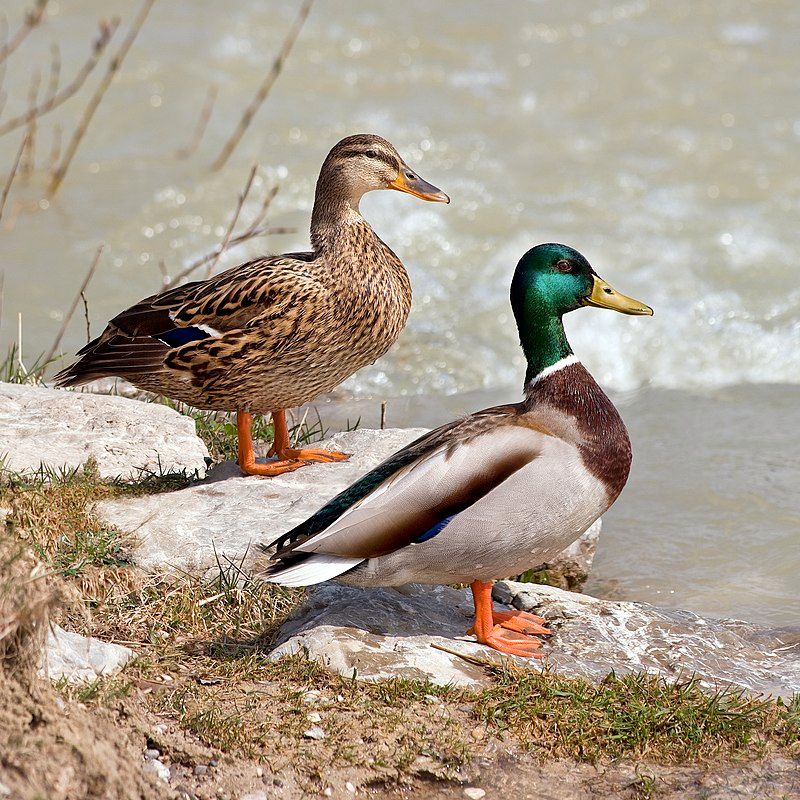
The mallard or wild duck is a species of dabbling duck that is found throughout the temperate and subtropical regions of the world. It is native to the Americas, Eurasia, and North Africa, and has been introduced to many other regions around the world.
In the last few decades, the mallard duck has been introduced to parts of New Zealand, Australia, Peru, Brazil, Uruguay, Argentina, Chile, Colombia, the Falkland Islands, and South Africa.
This has allowed the mallard to spread to other regions of the world where it may not have been present before. The mallard is a popular species of duck because it is quite hardy and adaptable.
It can survive in a wide range of climates and habitats, from wetlands to urban areas. This makes it a popular choice for farmers and waterfowl enthusiasts who want to keep a healthy population of ducks on their property.
The mallard is also known for its beautiful plumage and is often kept as a pet. Its vibrant colors make it a popular choice for bird watchers and photographers who want to observe its beauty.
Overall, the mallard duck is a species that has spread to many different parts of the world in recent years, allowing it to thrive in a variety of different climates and habitats.
Its adaptability and beauty have made it a popular choice for bird watchers and photographers, as well as farmers and waterfowl enthusiasts.
| Kingdom | Animalia |
| Phylum | Chordata |
| Class | Aves |
| Order | Anseriformes |
| Family | Anatidae |
| Genus | Anas |
| Species | A. platyrhynchos |
7. Common Moorhen
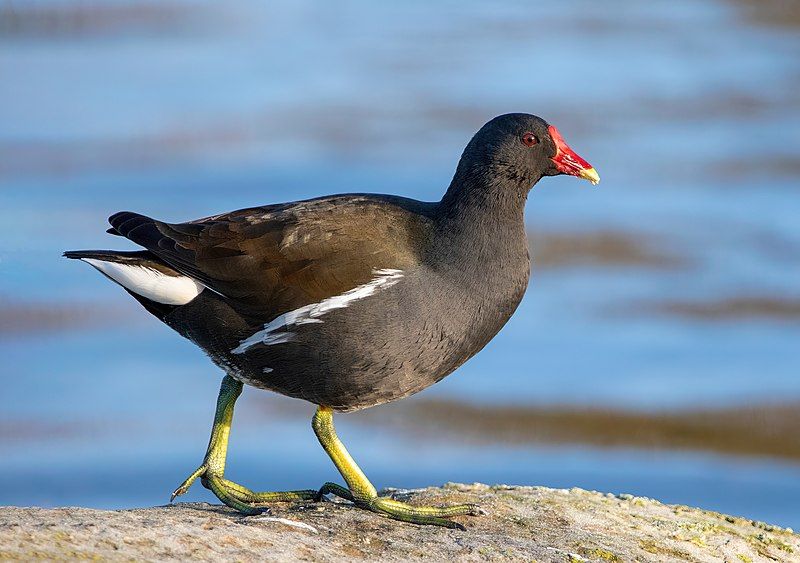
The common moorhen, also referred to as the waterhen or swamp chicken, is a species of bird belonging to the rail family. Its range encompasses a wide variety of environments across the Old World, including temperate, subtropical, and tropical regions.
The common moorhen prefers habitats with dense vegetation, such as marshes, ponds, canals, and other wetlands.
It can often be found swimming or wading in shallow water, while its diet consists mainly of aquatic plants, small invertebrates, and mollusks. The common moorhen tends to live in small groups, and it is known to be territorial.
It defends its territory from other members of its species, as well as from other birds. It is also known to be very vocal, with its calls consisting of various croaks, squawks and whistles.
It is a distinctively coloured bird, with a mainly black body and a white undertail. The common moorhen is a popular bird to observe in wetlands, due to its distinctive appearance and its tendency to remain relatively close to shore.
It is also a popular target for birdwatchers and photographers, as its activities are relatively easy to observe.
| Kingdom | Animalia |
| Phylum | Chordata |
| Class | Aves |
| Order | Gruiformes |
| Family | Rallidae |
| Genus | Gallinula |
| Species | G. chloropus |
8. Falcated Duck
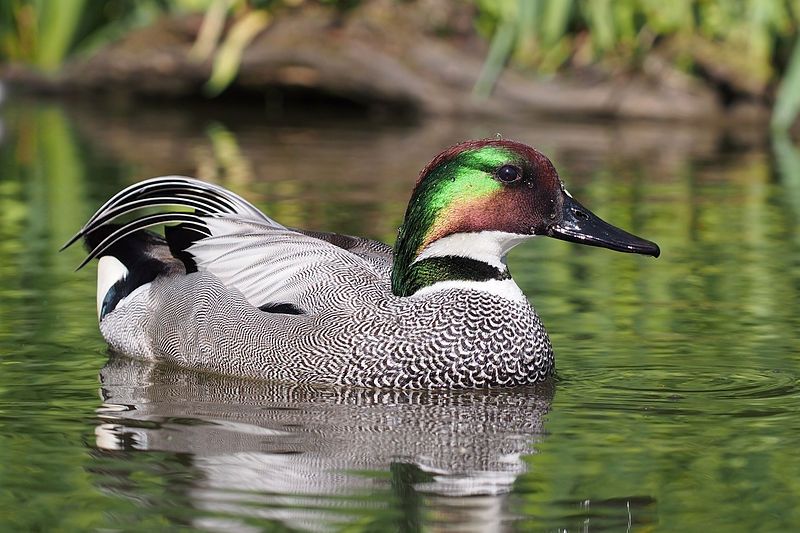
The falcated duck, also known as the falcated teal, is a species of dabbling duck native to the east Palearctic. It is approximately the same size as gadwall, a species of duck found in the Northern Hemisphere.
The falcated duck has a broad, curved bill, and its plumage is mainly dark brown in color with white and buff markings. Its head and neck are grayish-brown, and its wings and tail are brown.
The male’s head and neck are also adorned with a crest, and its breast is marked with two contrasting light and dark patches. The female is similar in appearance, but is slightly duller in color.
The falcated duck is a shy bird, usually found in small flocks in wetland areas such as marshes, ponds, and lakes. It feeds mainly on aquatic plants and small invertebrates, and is known to hybridize with other species of ducks, such as the Northern Pintail.
| Kingdom | Animalia |
| Phylum | Chordata |
| Class | Aves |
| Order | Anseriformes |
| Family | Anatidae |
| Genus | Mareca |
| Species | M. falcata |
9. Tufted Duck
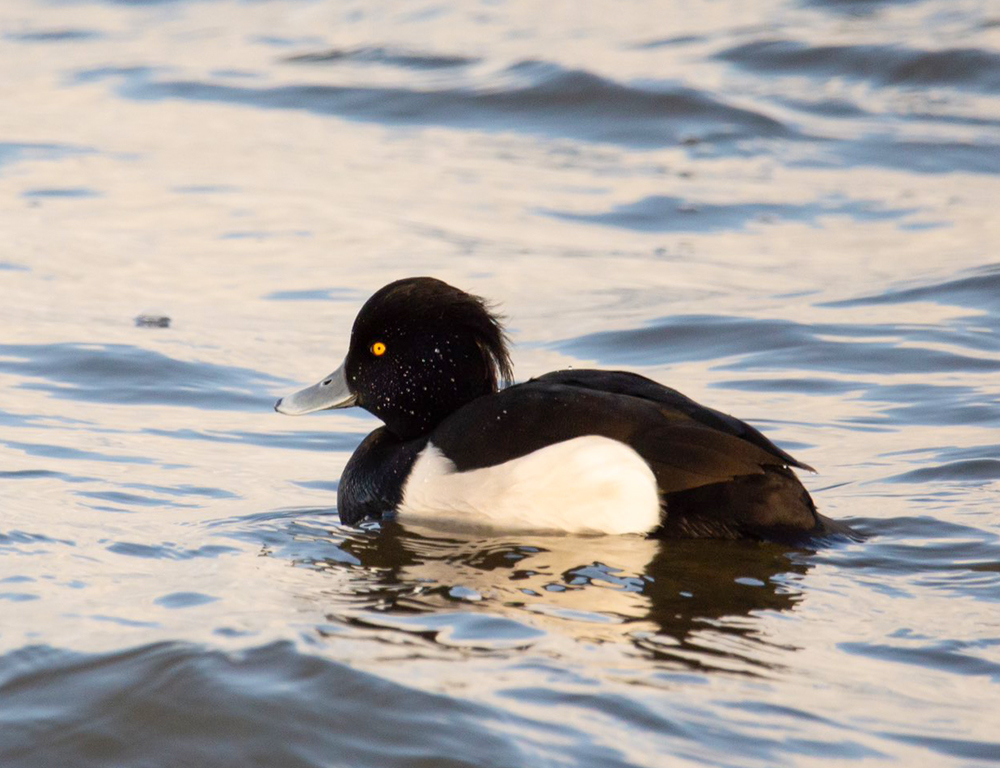
The tufted duck, also known as the tufted pochard, is a small diving duck that is found in northern Eurasia. It has a population of close to one million birds, making it a fairly common species.
The scientific name of this species is derived from two sources: Ancient Greek and Latin. The Ancient Greek word aithuia refers to an unidentified seabird, which was mentioned by authors such as Hesychius and Aristotle.
The Latin word fuligo means “soot” while gula means “throat”. This reflects the tufted duck’s distinctive black-and-white coloring, which resembles soot on its throat.
The tufted duck is a unique and interesting species, with a rich scientific name that reflects its distinctive appearance..
| Kingdom | Animalia |
| Phylum | Chordata |
| Class | Aves |
| Order | Anseriformes |
| Family | Anatidae |
| Genus | Aythya |
| Species | A. fuligula |
10. Common Pochard
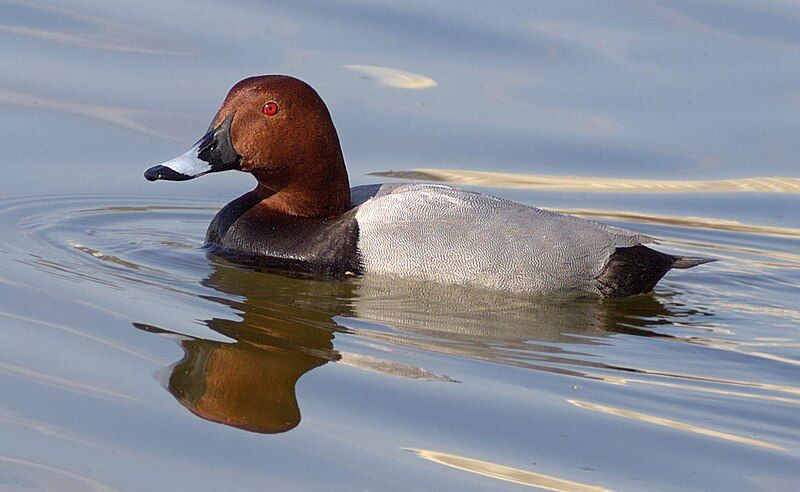
The common pochard is a species of diving duck that is found in many parts of the world. It has a scientific name that is derived from the Greek language. The term “aithuia” was used by several ancient authors, including Hesychius and Aristotle, to describe an unknown seabird.
The Latin word “ferina” means “wild game”, and the Latin word “ferus” means “wild”. This gives us a better understanding of the origins of the common pochard’s scientific name. It is believed that the common pochard is a wild bird, and its scientific name reflects this.
The common pochard is a medium-sized diving duck that is known for its ability to dive deep to find food. It feeds on aquatic plants and small animals. The common pochard is also able to fly long distances, which makes it a great migratory bird.
The common pochard is an important part of our global ecosystem, and its scientific name reflects its place in the natural world.
| Kingdom | Animalia |
| Phylum | Chordata |
| Class | Aves |
| Order | Anseriformes |
| Family | Anatidae |
| Genus | Aythya |
| Species | A. ferina |
11. Eurasian Wigeon
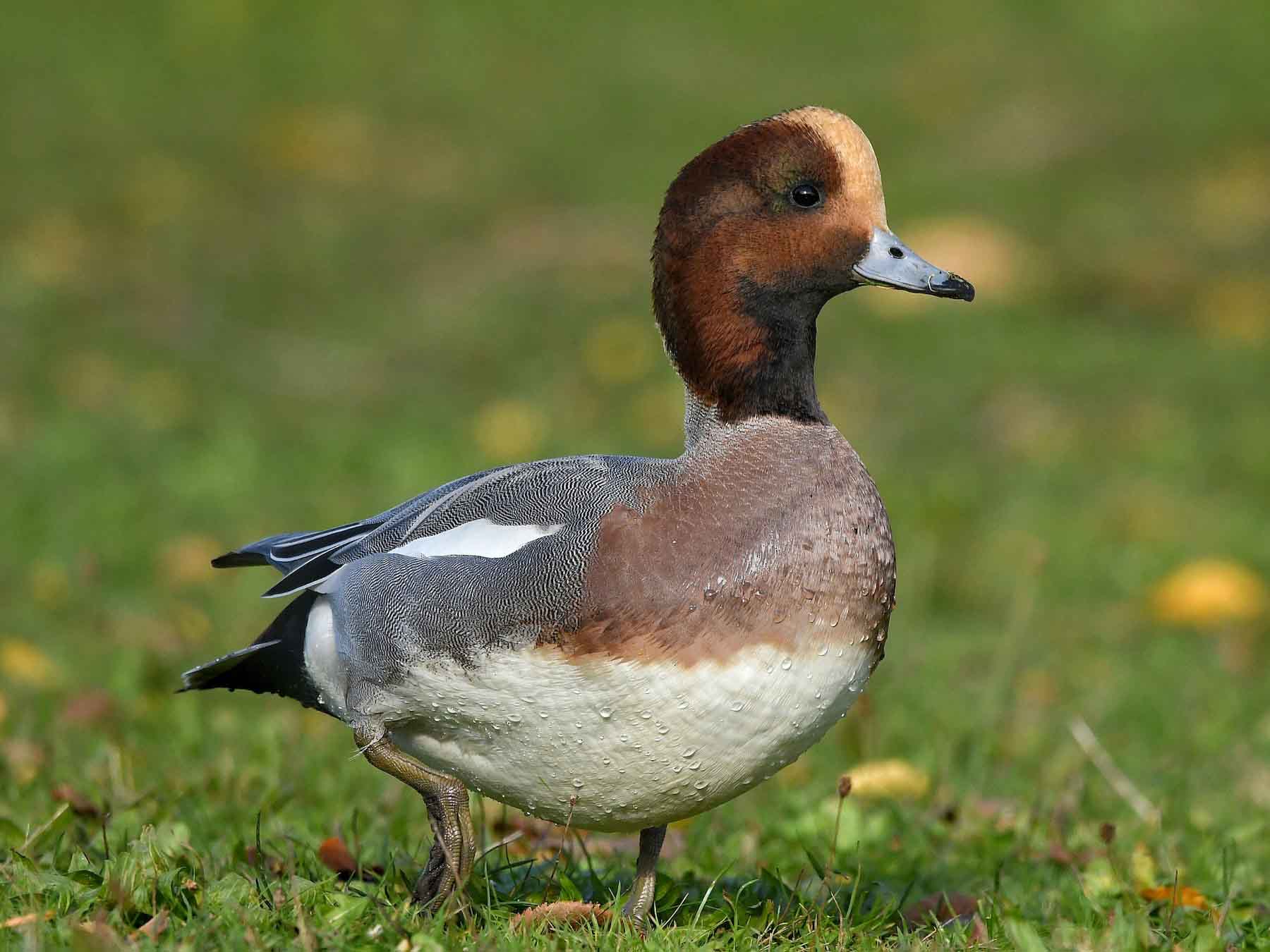
The Eurasian wigeon, also known as the European wigeon, widgeon, or simply the wigeon, is a species of dabbling duck found throughout the Palearctic region.
It is one of the three species of wigeon in the genus Mareca and is the most widespread among them.
The Eurasian wigeon typically inhabits wetland habitats, such as marshes, lakes, and ponds. Its diet consists of aquatic plants, as well as insects, crustaceans, and mollusks. In the winter, it is known to migrate to coastal areas with greater availability of food.
The Eurasian wigeon is a medium-sized duck, measuring between 40 and 47 cm in length. It has a short, wide bill, a greenish-brown head, and a white patch on the side of the neck. The male has a distinctive chestnut-colored breast, while the female has a grey-brown breast.
The Eurasian wigeon is a highly social species, often seen in large flocks.
| Kingdom | Animalia |
| Phylum | Chordata |
| Class | Aves |
| Order | Anseriformes |
| Family | Anatidae |
| Genus | Mareca |
| Species | M. penelope |
12. Red-Breasted Merganser
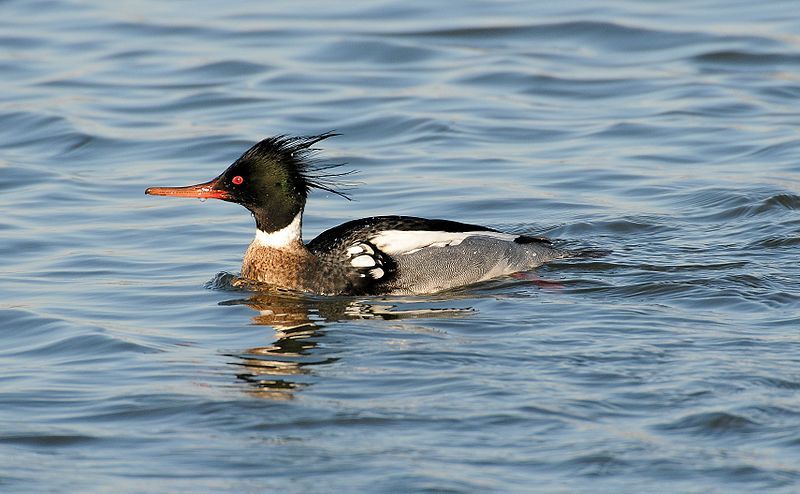
The red-breasted merganser is a species of duck that is found throughout much of the Northern Hemisphere. This species of duck is easily identifiable due to the distinctive red breast of the males.
The distinctive red breast is only visible to males when they are in breeding plumage. This is a type of plumage that males will take on when they are trying to attract a mate, and the red breast is a signal of their availability.
During the rest of the year, the red-breasted males resemble the plainer grey females, making them much harder to identify.
The red-breasted merganser is an interesting species of duck and one that can be easily identified due to the bright colors of the male during the breeding season.
| Kingdom | Animalia |
| Phylum | Chordata |
| Class | Aves |
| Order | Anseriformes |
| Family | Anatidae |
| Genus | Mergus |
| Species | M. serrator |
13. Whooper Swan
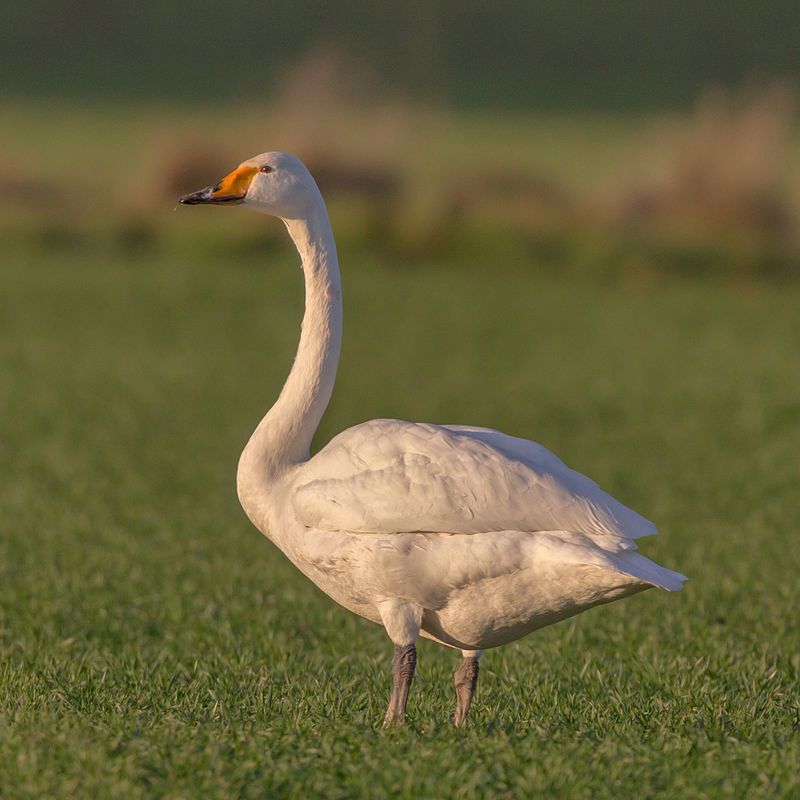
The whooper swan, or Cygnus cygnus, is a species of large, northern hemisphere swan. It is found throughout the northern hemisphere, from parts of Europe and Asia to parts of North America.
It is particularly common in areas of high altitude, such as the tundra in northern Europe and Russia. The whooper swan is closely related to the North American trumpeter swan, and Cygnus buccinator, and the two species share many similar characteristics.
These include their long necks and large wingspan, which can reach up to 7ft. They are both white with a yellow-orange bill, although the whooper swan may have a more greyish hue.
The two species also have similar vocalizations, although the trumpeter swan has a deeper, more resonant call. The whooper swan is the type species for the genus Cygnus, which also includes both the tundra swan and the mute swan.
As a result, it is sometimes referred to as the common swan. Although the whooper swan is not considered a threatened species, its numbers have been declining in parts of its range due to habitat destruction and other human activities.
Conservation efforts have been implemented in some areas to protect the species.
| Kingdom | Animalia |
| Phylum | Chordata |
| Class | Aves |
| Order | Anseriformes |
| Family | Anatidae |
| Genus | Cygnus |
| Species | C. cygnus |
14. Copper Pheasant
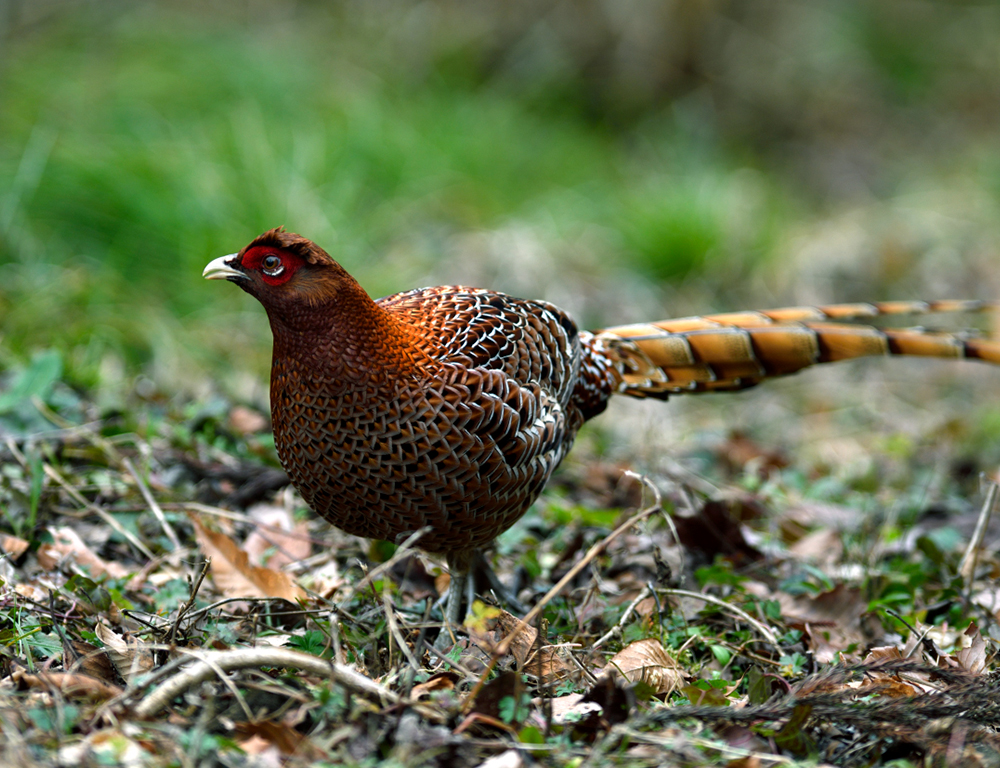
The copper pheasant, also known as Soemmerring’s pheasant, is a species of pheasant that is only found in Japan. It is a distinct species with its scientific name which serves to commemorate the German scientist Samuel Thomas von Sömmerring.
Sömmerring was a notable scientist and physician who worked in the late 18th and early 19th centuries.
He was an anatomist and anthropologist who made significant contributions to the study of anatomy. His work was also influential in the fields of medicine, zoology, and botany.
He was also the first to classify the copper pheasant, giving it the scientific name it still has today. This species of pheasant is distinguished by its bright copper-colored plumage and white eye patches, along with its unique habitat in Japan.
It is a symbol of Japan’s rich biodiversity and its conservation is important to maintain the country’s unique and diverse wildlife.
| Kingdom | Animalia |
| Phylum | Chordata |
| Class | Aves |
| Order | Galliformes |
| Family | Phasianidae |
| Genus | Syrmaticus |
| Species | S. soemmerringii |
15. Greater White-Fronted Goose
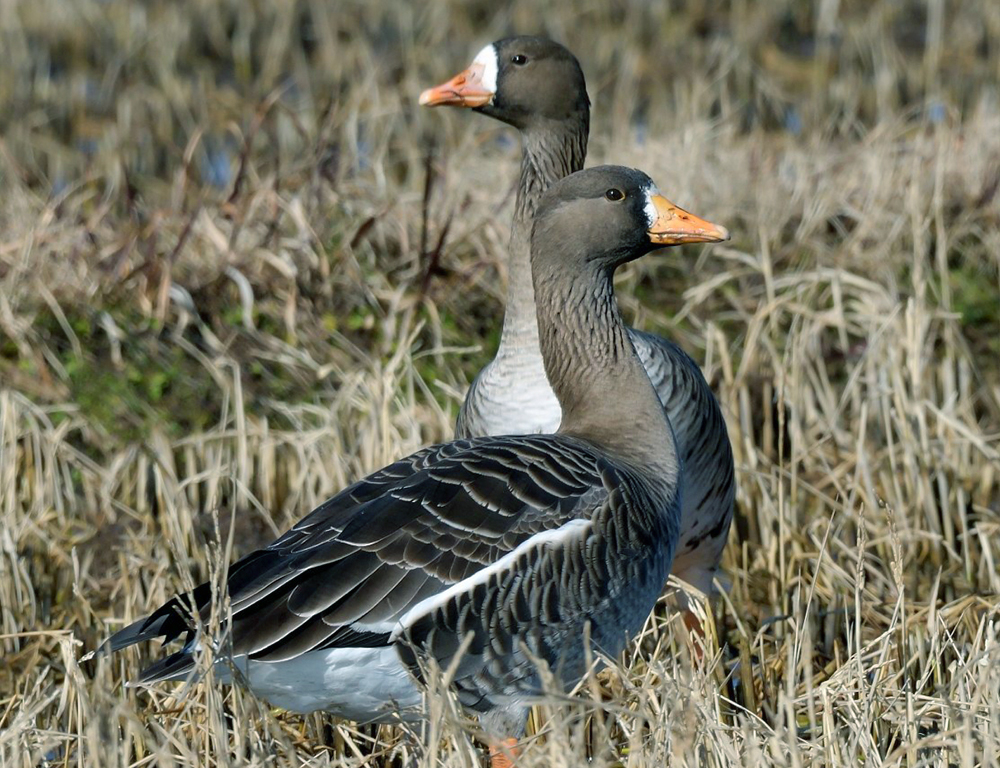
The greater white-fronted goose is a species of goose belonging to the same family as the lesser white-fronted goose. It is easily recognizable due to the white feathers that form a patch at the base of its bill.
The scientific name for the greater white-fronted goose, albifrons, is derived from the Latin words albus meaning “white” and frons meaning “forehead”.
This name is an accurate description of the distinctive markings found on the bird. The greater white-fronted goose is a medium-sized waterfowl with a long neck and wings and a rounded body. It has a dark brown back and head, with white feathers at the base of the bill.
Its underparts are grey with a white chest and belly. The greater white-fronted goose also has a white tail and a distinctive white patch at the base of its bill.
This patch is what gives the species its name. The greater white-fronted goose is a migratory species, typically traveling in flocks to its breeding grounds in northern Europe and Asia. It is a herbivore, feeding primarily on grasses, sedges, and other plant material.
It also consumes grains and invertebrates. The greater white-fronted goose is an endangered species due to hunting and habitat destruction. Conservation efforts are being taken to protect the species and its habitat.
These efforts include habitat protection, population monitoring, and public outreach. With these efforts, it is hoped that the greater white-fronted goose will be able to continue to thrive in the wild.
| Kingdom | Animalia |
| Phylum | Chordata |
| Class | Aves |
| Order | Anseriformes |
| Family | Anatidae |
| Genus | Anser |
| Species | A. albifrons |
16. Baikal Teal
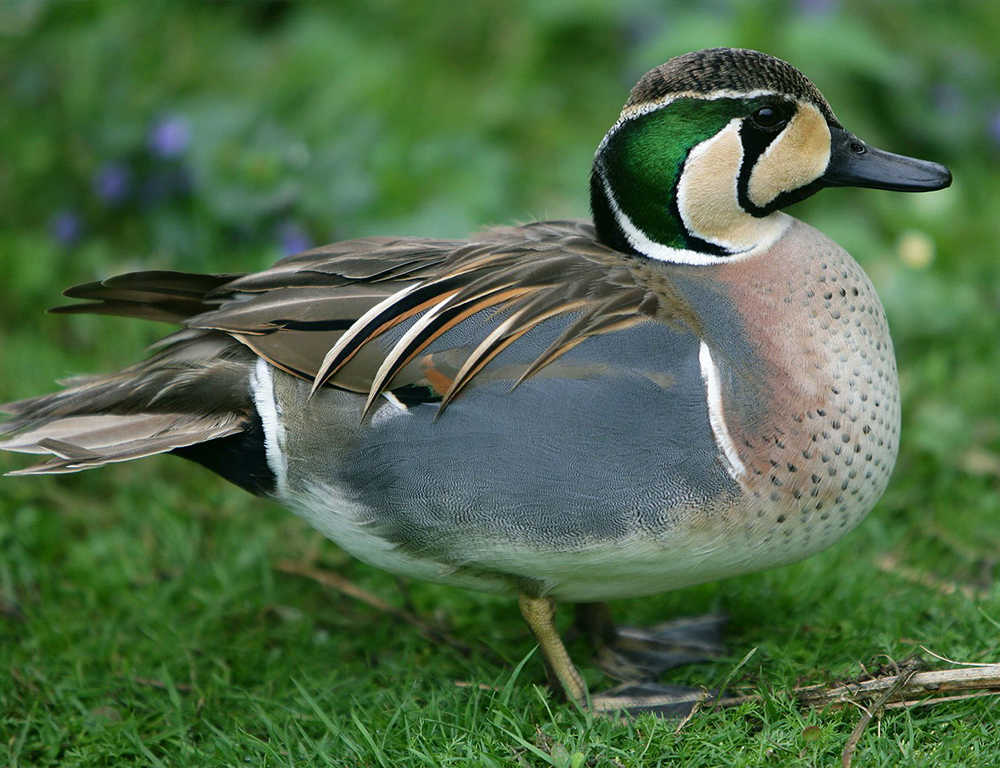
The Baikal teal is a species of dabbling duck native to eastern Russia. It is also known by its alternative names, the bimaculate duck and squawk duck.
This species of duck breeds in eastern Russia during the summer months and migrates south to East Asia to spend its winter.
The Baikal teal is an important species of migratory waterfowl, and it has been subject to conservation efforts due to its declining population.
It is a medium-sized duck, reaching lengths of between 38 and 44 centimeters and a wingspan of between 59 and 65 centimeters.
The body of the Baikal teal is greyish-brown in color, with a distinctive white spot on each side of its face. Its bill is yellowish-green and its legs are yellow. The Baikal teal typically feeds on aquatic invertebrates, but may also consume plant matter.
It is most commonly seen in shallow wetlands, where it can be found in large flocks. It is a largely solitary bird, only congregating in large numbers during the mating season.
Breeding pairs will defend a small territory, and the female will lay a clutch of up to ten eggs. The Baikal teal is a species of great ecological importance to the wetlands that it inhabits.
It is an important part of the food chain, and its presence can help to maintain the balance of a wetland ecosystem.
The Baikal teal is also an important species for birdwatchers, as its impressive migratory patterns, distinctive coloring, and loud call make it an interesting species to observe.
| Kingdom | Animalia |
| Phylum | Chordata |
| Class | Aves |
| Order | Anseriformes |
| Family | Anatidae |
| Genus | Sibirionetta |
| Species | S. formosa |
17. Northern Hawk-Cuckoo
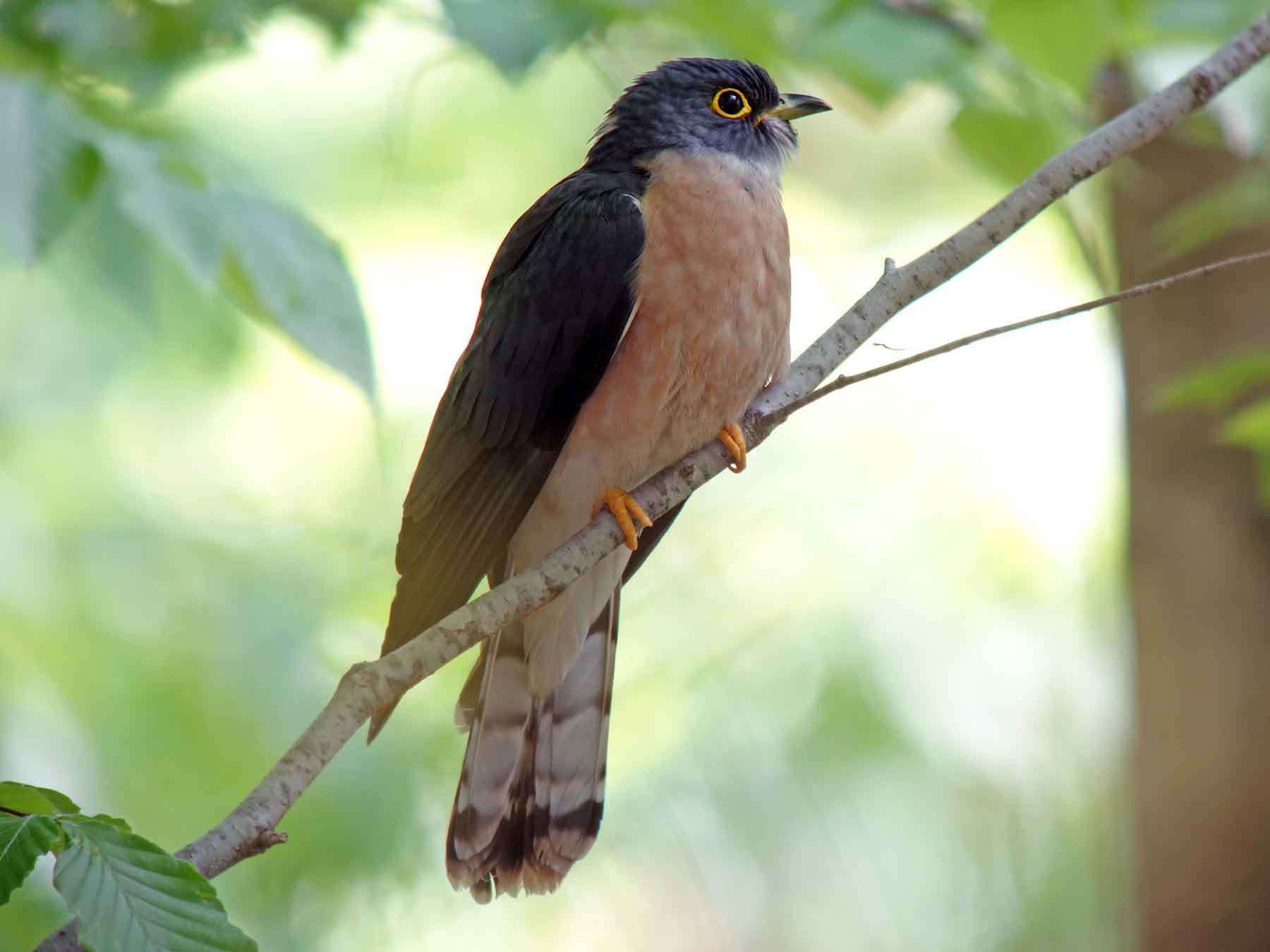
The northern hawk-cuckoo is a species of bird belonging to the family Cuculidae, which includes cuckoos, roadrunners, and anis. It was previously believed to be the same species as Hodgson’s hawk-cuckoo and was placed within the same genus.
This species is native to eastern China, North and South Korea, far eastern Russia, and Japan. Its range expands during the winter season, as northern populations of the bird migrate to Borneo for the colder months.
The northern hawk-cuckoo is a small-sized bird, typically measuring between 20 and 30 centimeters in length. It has a slender body and a long tail, giving it a hawk-like appearance. Its plumage is mainly grey-brown on the back, with a paler underside and chest.
Its head is usually greyish brown, with a white eye-ring and a black breastband. The northern hawk-cuckoo is a vocal bird, often making a loud, three-note call during the day. This species is usually found in wooded habitats, including forests, parks, and gardens.
It is usually found near the ground, where it feeds on insects, as well as small fruits and berries. Breeding usually occurs between May and July, and the female lays a single egg in a nest that is usually placed in a tree.
The male is responsible for incubating the egg, while the female gathers food for both the male and the young.
| Kingdom | Animalia |
| Phylum | Chordata |
| Class | Aves |
| Order | Cuculiformes |
| Family | Cuculidae |
| Genus | Hierococcyx |
| Species | H. hyperythrus |
18. Red-Necked Grebe
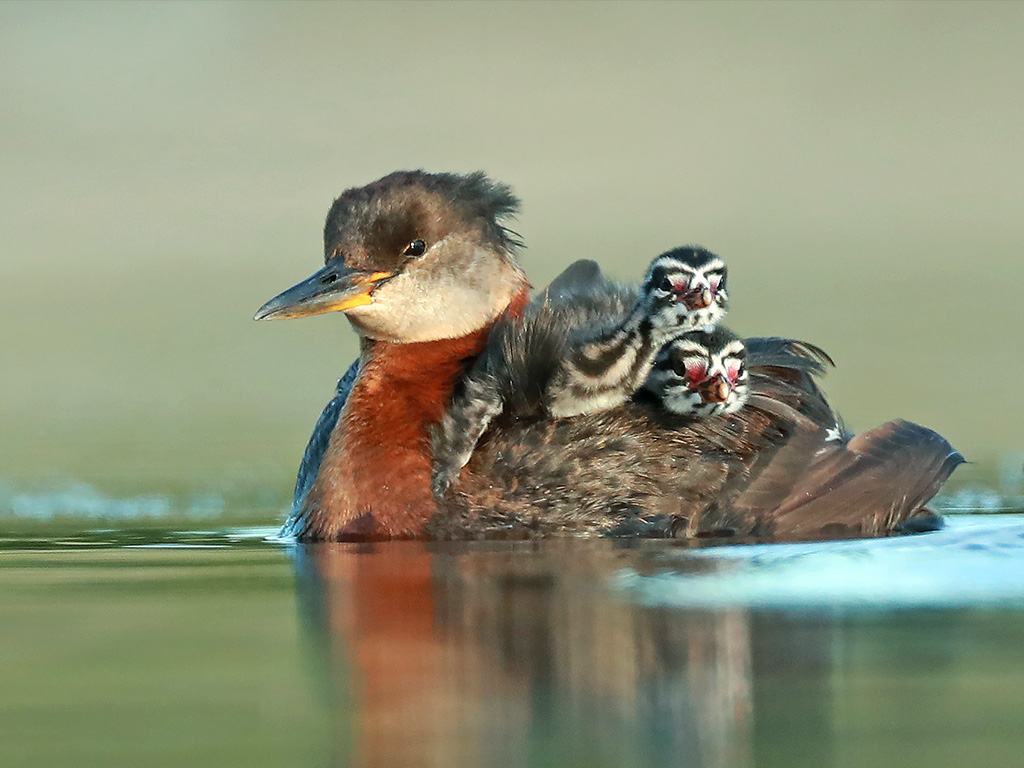
The red-necked grebe is a migratory bird that can be found in temperate regions of the northern hemisphere. It is an aquatic bird, and spends much of its time in the water, either in the open ocean or on large lakes.
During the winter months, the red-necked grebe is usually found in calm waters just beyond the waves, near ocean coasts. This is its preferred wintering habitat, but some birds may choose to winter on large lakes instead.
The red-necked grebe is well adapted for an aquatic lifestyle, with webbed feet and a waterproof plumage that helps it to dive and swim more efficiently. It is a unique species that is well worth studying and appreciating.
| Kingdom | Animalia |
| Phylum | Chordata |
| Class | Aves |
| Order | Podicipediformes |
| Family | Podicipedidae |
| Genus | Podiceps |
| Species | P. grisegena |
19. Gadwall
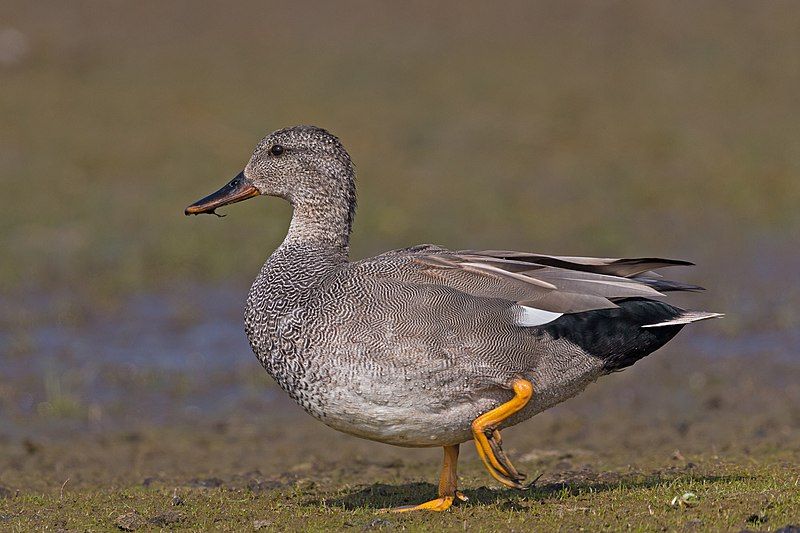
The gadwall is a species of duck belonging to the family Anatidae, which is one of the largest bird families in the world. It is found in many parts of the Northern Hemisphere, including Europe, Asia, and North America.
The gadwall is a dabbling duck, which means that it prefers to feed in shallow water. This species of duck is often seen in wetlands, ponds, lakes, and rivers. It is a medium-sized duck, with a grey-brown body, white head and neck, and a black tail.
The male gadwall has a brownish-green head, a white breast, and a dark brown body. The female gadwall has a grey-brown body with a darker head and neck. The gadwall is a very common duck and is often seen in large flocks.
It is known for its confident manner and its ability to fly long distances. This species is also a popular game bird and can be found in many hunting areas. Its diet consists mainly of aquatic vegetation, small insects, and grains.
| Kingdom | Animalia |
| Phylum | Chordata |
| Class | Aves |
| Order | Anseriformes |
| Family | Anatidae |
| Genus | Mareca |
| Species | M. strepera |
20. White-Throated Needletail
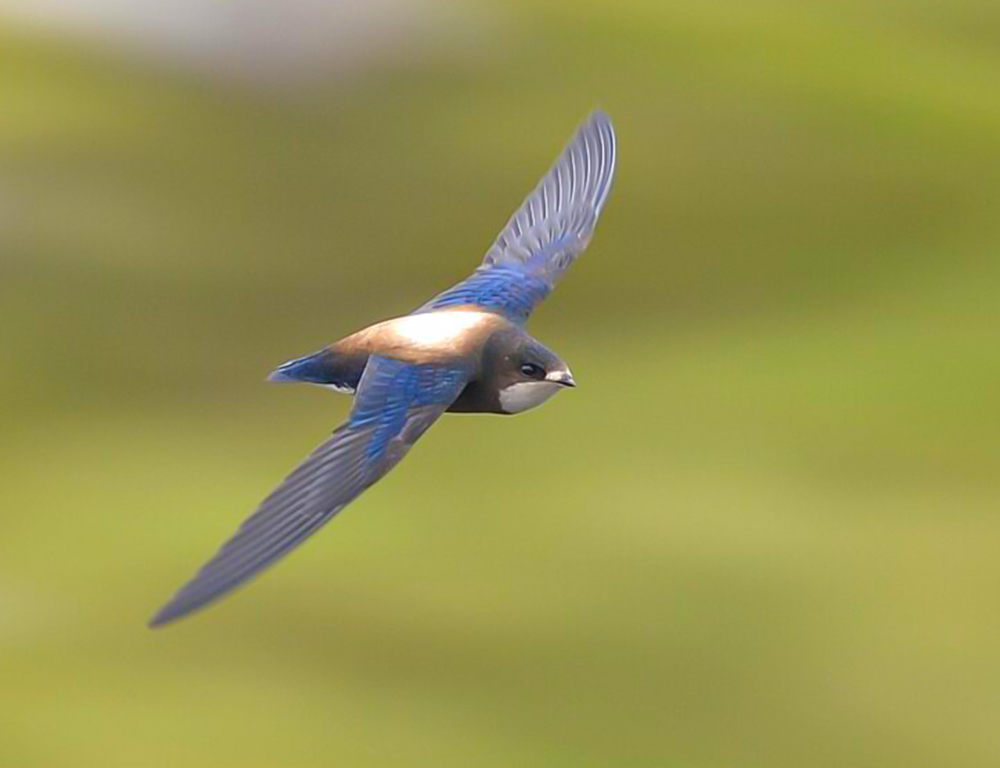
The white-throated needletail is a species of swift in the Hirundapus genus. It is widely believed that this species can reach speeds of up to 170 km/h while flying horizontally, though this claim has yet to be verified.
This is because the methods used to measure its speed have not been made public. This species of swift is also known as the needle-tailed swift or spine-tailed swift.
The white-throated needletail is a medium-sized swift, with a wingspan of approximately 25 centimeters. It is found in a wide range of habitats, from forests to open fields, and has a wide distribution range across much of Asia, Africa, and Australia.
They feed on insects and can be found in large flocks during migration periods. This species is known for its remarkable speed and agility in flight and is believed to be the fastest species of bird in the world.
Though the exact speed that it can reach is still unverified, it is believed to be capable of reaching speeds of up to 170 km/h in horizontal flight.
However, the methods used to measure this speed have not been made public, so the claim remains unverified.
The white-throated needletail is an impressive and unique species of bird, and its remarkable speed and agility in flight have made it a popular subject of study.
While the exact speed that it can reach is still a mystery, it is clear that this species is capable of reaching impressive speeds in flight.
| Kingdom | Animalia |
| Phylum | Chordata |
| Class | Aves |
| Clade | Strisores |
| Order | Apodiformes |
| Family | Apodidae |
| Genus | Hirundapus |
| Species | H. caudacutus |
21. Great Crested Grebe
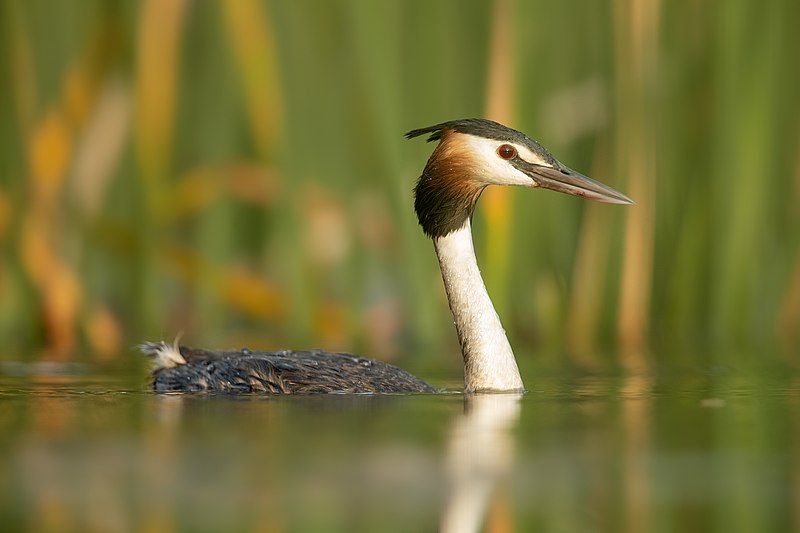
The great crested grebe is an aquatic bird found in Europe, Asia, Africa, and parts of North America. It is a medium-sized water bird, measuring around 50 cm in length and weighing approximately 1 kg.
It has a distinctive black and white plumage with a long slender neck, short tail, and long pointed bill. The bird is known for its elaborate courtship behavior, which includes a complex series of head nodding, bowing, and swimming movements.
During the courtship display, the male and female will engage in a synchronous swimming and diving routine, often accompanied by loud calls and displays of their feathers. The display culminates in a ‘dance’ in which the birds spin around each other and dive underwater.
The courtship is believed to be a way for the birds to establish their bond and ensure the successful mating of the pair.
The great crested grebe is also known for its elaborate nest-building behavior, which involves the male gathering reeds and other plants and weaving them together to create a floating nest.
After the pair has mated, they will lay two to five eggs in the nest and take turns incubating them until they hatch.
| Kingdom | Animalia |
| Phylum | Chordata |
| Class | Aves |
| Order | Podicipediformes |
| Family | Podicipedidae |
| Genus | Podiceps |
| Species | P. cristatus |
22. Ruddy-Breasted Crake
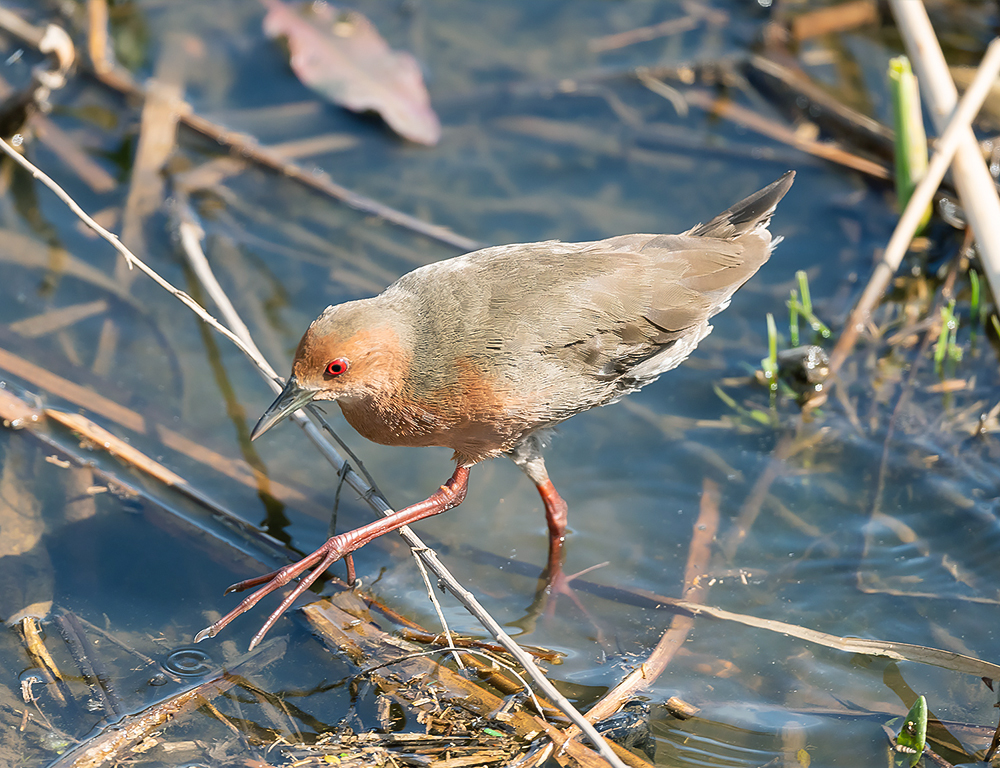
The ruddy-breasted crake, or ruddy crake, is a species of waterbird belonging to the Rallidae family of rails and crakes. It is found across South Asia, ranging from the Indian subcontinent in the west to China, Japan, and Indonesia in the east.
During the breeding season, the ruddy crake prefers to inhabit swamps, wetlands, and other areas of standing water. It is a medium-sized bird, measuring around 15 cm in length, with a stout body and a short, pointed bill.
Its plumage is mainly grey, with a distinctive red patch on its breast, hence its common name. It has a loud, harsh call which can often be heard in its preferred habitats.
The ruddy crake is an omnivorous species, feeding mainly on insects, crustaceans, molluscs, and small fish. It will also eat some plant matter and is known to forage in small groups, particularly in the breeding season.
| Kingdom | Animalia |
| Phylum | Chordata |
| Class | Aves |
| Order | Gruiformes |
| Family | Rallidae |
| Genus | Zapornia |
| Species | Z. fusca |
23. Ferruginous Duck
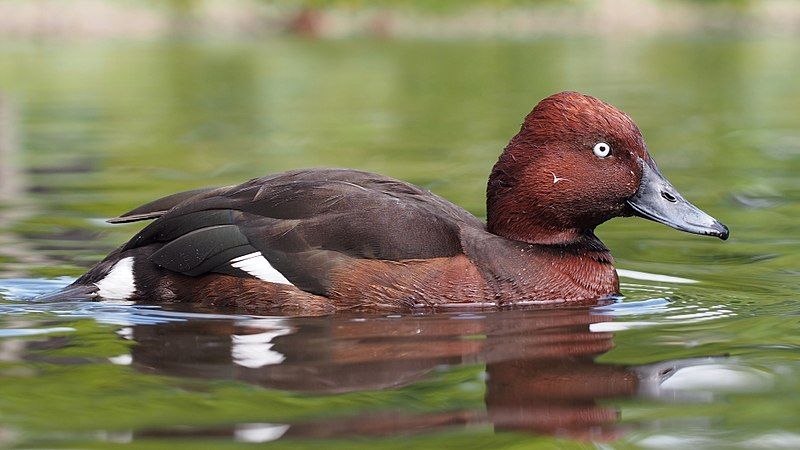
The ferruginous duck is a medium-sized diving duck that can be found in Eurosiberia. It is also known as ferruginous pochard, common white-eye, or white-eyed pochard.
The scientific name of the duck is derived from Greek words; Aithuia, an unidentified seabird mentioned by authors including Hesychius and Aristotle, and Nyrok, which is the Russian name for a duck.
This is an interesting fact as it shows the duck’s widespread popularity in both Europe and Russia. The ferruginous duck is an interesting species as it has a wide range of habitats, from shallow ponds and marshes to larger lakes and rivers.
Its diet consists of aquatic insects, fish, and vegetation, and its lifecycle is characterized by strong migratory behavior.
The ferruginous duck is also an important game bird, often hunted for sport and food. Overall, the ferruginous duck is an interesting species that has a long history of being popular in both Europe and Russia.
Its scientific name is derived from Greek and Russian words, showing its wide range of habitats and diets. It is also an important game bird and is often hunted for sport and food.
| Kingdom | Animalia |
| Phylum | Chordata |
| Class | Aves |
| Order | Anseriformes |
| Family | Anatidae |
| Genus | Aythya |
| Species | A. nyroca |
24. Long-Billed Plover
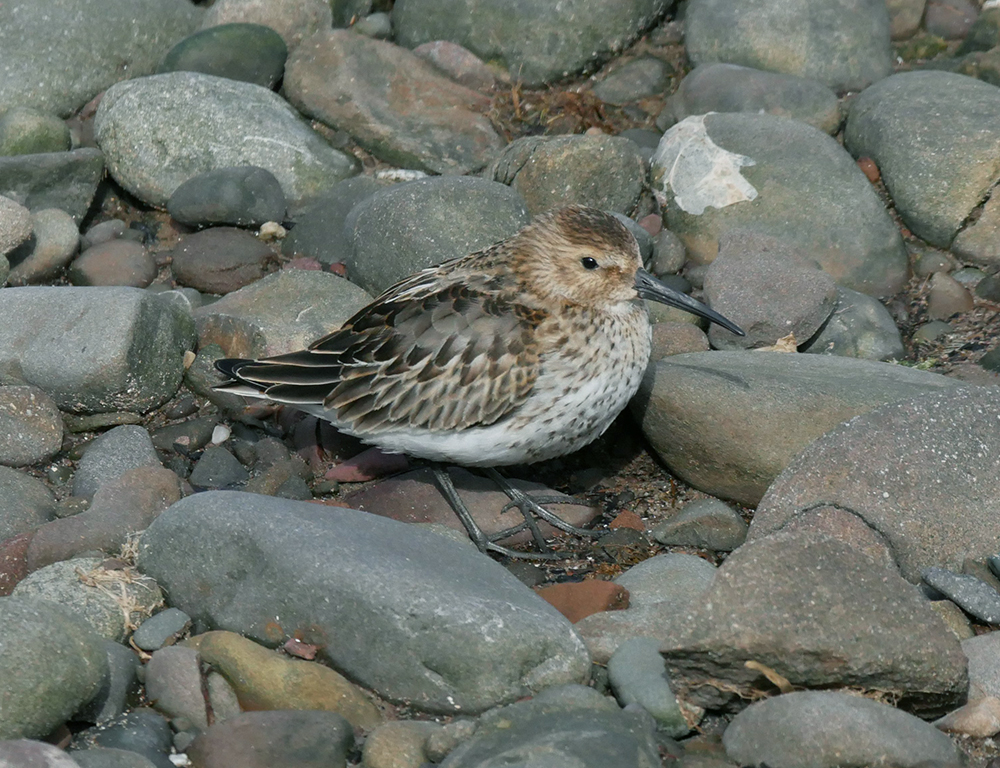
The long-billed plover is a species of wading bird in the family Charadriidae. It is found in many parts of Asia, from Bangladesh in the west to Japan in the east, and from Mongolia in the north to Sri Lanka in the south.
Its range covers almost all of mainland Asia, including China, India, and Southeast Asian countries such as Thailand, Vietnam, and Laos.
It is also found in the Russian Far East and on the islands of Taiwan and Hong Kong. The long-billed plover is a medium-sized wading bird, with a long, slender beak and a pale brown plumage.
It usually feeds in shallow waters, probing in the mud for insects, small invertebrates, and crustaceans.
In some areas, it is a very common bird, but its population is declining in many parts of its range due to habitat destruction and hunting. The long-billed plover is an important species for conservation, as it is an indicator of wetland health.
It is also a popular species for birdwatchers, due to its wide distribution and large range. As such, it is considered a species of least concern by the International Union for Conservation of Nature.
| Kingdom | Animalia |
| Phylum | Chordata |
| Class | Aves |
| Order | Charadriiformes |
| Family | Charadriidae |
| Genus | Charadrius |
| Species | C. placidus |
Conclusion
Birds in Ehime are an important part of the local environment, providing an important source of food, habitat, and resources for other species.
As such, it is important to take steps to protect these birds and their habitats, so that they can continue to thrive in the region.